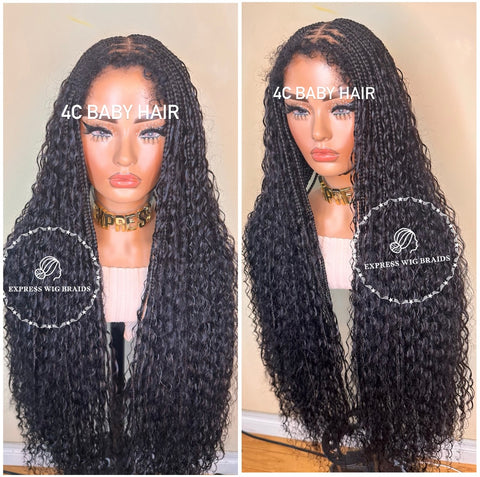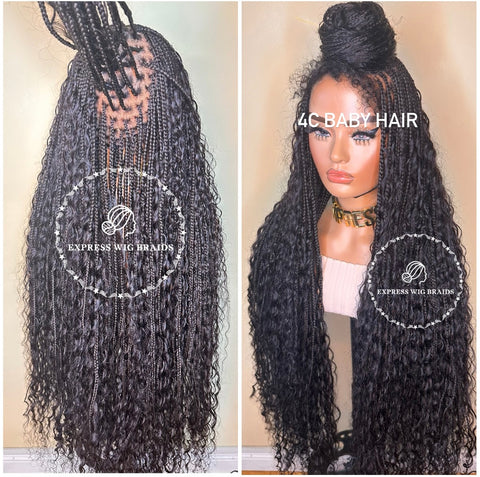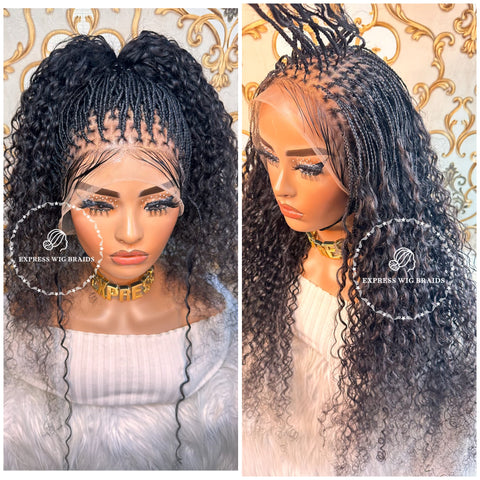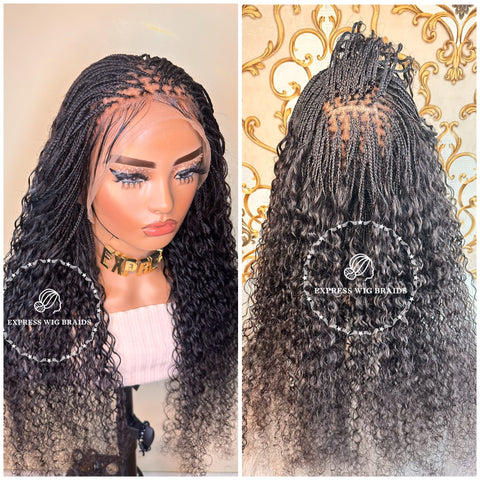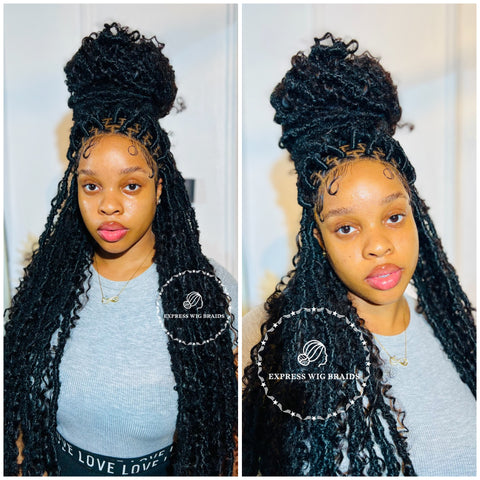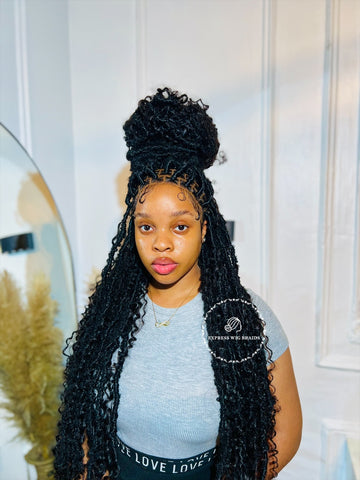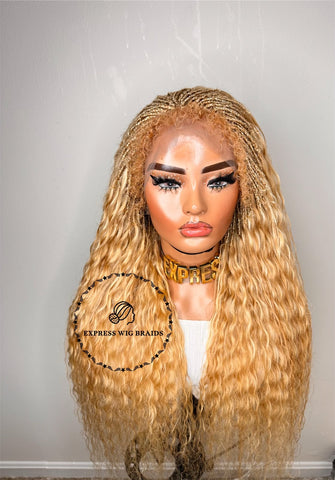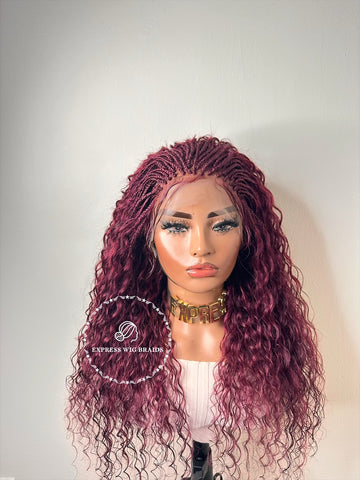What are the side effects of dyeing hair frequently?

Are you considering a new hair color but worried about the consequences? Changing hair color has become a popular trend, with many individuals regularly dyeing their hair to match the latest fashion or personal style.
Dyeing hair frequently can be a fun way to express yourself, but it's important to be aware of the potential side effects that come with regular use of hair dyes.
Hair dyes contain various chemicals that can impact the health of your hair and scalp over time. In this article, we will explore the side effects of dyeing hair frequently, shedding light on the potential damage, allergic reactions, and long-term health implications that can arise from frequent use of hair color products.
Without much ado, let’s get started!
Effects of dyeing hair frequently
Dyeing hair frequently can have several side effects, ranging from mild to severe. Here are some of the most common side effects:
1. Scalp Irritation:
Scalp health is another critical aspect to consider when dyeing your hair. The chemicals in hair dyes, such as ammonia and peroxide, can irritate the scalp. This can manifest as redness, itching, and a burning sensation. In severe cases, it can lead to contact dermatitis.
Individuals with sensitive skin or pre-existing scalp conditions are particularly vulnerable to these adverse effects.
2. Hair Damage:
Frequent exposure to the chemicals in hair dyes can weaken the hair shaft, leading to dryness, brittleness, and breakage. This damage can make hair more susceptible to split ends and can result in a rough texture.
3. Allergic Reactions:
Some individuals may develop allergic reactions to the ingredients in hair dye. Symptoms can include itching, swelling, redness, and in rare cases, more severe reactions like difficulty breathing or anaphylaxis.
4. Hair Thinning and Loss:
Repeated chemical treatments can weaken hair follicles, leading to thinning hair and, in some cases, increased hair loss with each subsequent dyeing session.
5. Increased Sensitivity:
Repeated exposure to these chemicals can lead to increased sensitivity over time, making the hair more prone to irritation with each subsequent dyeing session.
6. Chemical Buildup:
Repeated use of hair dyes can lead to a buildup of chemicals on the hair and scalp, which can affect the health and appearance of your hair. This buildup can irritate, and make your hair look dull and lifeless.
7. Altered Hair Texture:
The frequent use of hair dyes can alter the natural texture of your hair, making it feel rougher and less manageable. This is particularly evident with permanent dyes, which penetrate deeper into the hair shaft compared to semi-permanent and temporary dyes.
8. Potential Health Risks:
Some studies have suggested a potential link between frequent hair dye use and an increased risk of certain cancers, although the evidence is not conclusive. It is believed that prolonged exposure to the chemicals in hair dyes may have cumulative health effects.
9. Fading and Uneven Color:
Frequent dyeing can cause color to fade more quickly and can result in uneven color application over time. This can lead to a patchy or inconsistent appearance.
While experimenting with different shades can be exciting and transformative, it's essential to understand the potential consequences of frequent hair dyeing.
It is also important to perform patch tests before using new hair dye products to check for any effects and to ensure that the product is safe for use.
Tips to mitigate the side effects of hair dye
- Use hair dyes with natural or less harsh ingredients
- Limit the frequency of dyeing sessions
- Follow the instructions on the hair dye packaging carefully
- Perform patch tests before using a new hair dye
- Use deep conditioning treatments and hair masks to maintain your hair health
By acknowledging the risks and implementing these tips to protect your hair and scalp, you can continue to experiment with different looks while minimizing damage.
Also, don’t forget that you can seamlessly experiment with different hair colors using braided wigs.
Remember, the key to beautiful hair lies in both the products you use and the care you provide.
Let’s check out a few FAQs to round up.
FAQs on the Side Effects of Dyeing Hair Frequently
1. What should I do if I have an allergic reaction to hair dye?
If you experience an allergic reaction, such as itching, swelling, or redness, wash the dye out immediately and consult a healthcare professional. For severe reactions like difficulty breathing, seek emergency medical help.
2. How can I prevent my hair from becoming dry and brittle after dyeing?
To prevent dryness and brittleness, use deep conditioning treatments and hair masks regularly. Additionally, try to space out dyeing sessions and use hair dyes with natural or less harsh ingredients.
3. Are there long-term health risks associated with frequent hair dyeing?
Some studies suggest a potential link between frequent hair dye use and an increased risk of certain cancers, though the evidence is not conclusive. It's believed that prolonged exposure to the chemicals in hair dyes may have cumulative health effects.
4. Can dyeing my hair frequently alter its natural texture?
Yes, the frequent use of hair dyes can alter the natural texture of your hair, making it feel rougher and less manageable.
5. How can I minimize the side effects of dyeing my hair frequently?
To minimize side effects, use hair dyes with natural ingredients, limit the frequency of dyeing sessions, follow the instructions on the hair dye packaging, perform patch tests before using new dyes, and consult with a professional hairstylist.
6. Is it true that frequent dyeing can lead to uneven hair color?
Yes, frequent dyeing can cause color to fade more quickly and can result in uneven color application over time, leading to a patchy or inconsistent appearance.
7. Does frequent hair dyeing have an environmental impact?
Yes, the chemicals in hair dyes can contribute to water pollution when washed down the drain, affecting aquatic life and the environment.
8. Are there any alternatives to traditional hair dyes that are less damaging?
Yes, there are alternatives such as henna, vegetable-based dyes, and semi-permanent dyes that are less harsh on the hair. Additionally, some hair dye brands offer formulations with fewer chemicals and more natural ingredients.


